This week I take my first look at the “forgotten borough” of Staten Island and, specifically, the neighborhood of Midland Beach, located in the middle of the island’s east coast. Like Bath Beach, Midland Beach was a popular seaside resort around the turn of the 20th century. A long boardwalk ran the length of the shore, and the beach resort boasted numerous entertainments, including a theater, a carousel, a Japanese bowling alley, and a tiny train that ran the length of its 1,700-foot pier.
However, things weren’t all Ferris wheels and egg creams, as Midland Beach was not without its fair share of drama.
Good Fences Make Mad Neighbors
The so-called Fence War of 1900 started when the owners of the Midland Beach resort decided to erect a fence along the length of the pier, cutting off access to the neighboring resort of Woodland Beach.1
The managers of the Woodland Beach resort, alarmed at the potential loss of clientele, had the fence builders arrested for working on a Sunday. The next day, seeing that the fence was indeed hurting their business, the Woodlanders took things into their own hands and assembled a team of 15 men armed with axes to hack a hole in it. A makeshift fence was quickly rebuilt using remnants from the previous construction and various items of furniture. The Woodland staff attempted to cajole the assembled crowd into breaching the barrier, including an impassioned entreaty from the wife of a Woodland concession owner who had climbed atop the barricade.
Waving an umbrella about her head, she abused the Midland Beach management and denounced the crowd for its cowardice. The crowd laughed and the woman turned away disgusted.
After failing to rally the beachgoers to do their bidding, the Woodland crew tore down the newly rebuilt fence themselves. The rest of the afternoon was spent with one side building and the other destroying the fence several more times. Eventually, everyone got tired of so much construction and destruction, and a truce was called. Calm was restored, but only for a while.
STAY SEATED AND KEEP YOUR ARMS AND LEGS INSIDE THE VEHICLE.
Advice Frank Gormen would have been wise to heed. In 1917, Frank took what was undoubtedly his last ride on a roller coaster, as recounted in the New York Times article.2
The most peculiar accident of the day occurred on a new roller coaster at Midland Beach, Staten Island. For some reason which no one else knows, and which the victim himself is unable to give at present, Frank Gromen, 47 years old, of Bound Brook, N. J., stood up in one of the cars as it shot at high speed down a steep incline and thumped down into the wooden structure where his right foot caught just as he was plunging to the ground, fifty feet below. Gromen was brought up with a jolt and hung in midair while the cars rolled by just above him. Rescuers, trying to extricate him from his tightly wedged position, broke his leg, and it was not until firemen from New Dorp had worked half an hour that he was lowered to the ground, suffering from a number of dangerous injuries.
While not as traumatic as that time at my 7th-grade birthday party when David Fingle threw up shortly after boarding the Rotor at Rye Playland3, that sounds like a pretty awful way to spend a summer afternoon. I imagine on subsequent visits to the shore, Frank stuck to the Japanese bowling alley and the boardwalk, though hopefully, he avoided the miniature train which derailed just one year later, injuring 12 people.
A series of fires and, presumably, its reputation for dubious safety protocols forced the Midland Beach resort out of business for good in 1929. The beach remained a popular spot to swim. The picture below by Percy Loomis Sperr shows a street corner a few blocks from the beach in 1935.
SANDY
The completion of the Verrazano Bridge in 1964 sparked an influx of new residents to the East Shore of Staten Island. Unfortunately, infrastructure didn’t keep pace with growth, and Midland Beach’s location, coupled with the absence of a storm sewer system, made it highly vulnerable to flooding. When Hurricane Sandy made landfall in 2012, Midland Beach was the hardest-hit area in all of New York City. The storm claimed 11 lives and destroyed countless homes in the neighborhood.
Listen to this WNYC piece for an explanation of why Midland Beach was so badly affected by the hurricane.
BLUEBELT
Sandy would have been more catastrophic were it not for the existence of the Bluebelt.
The Bluebelt is essentially a “soft infrastructure” project, a system of pipes, ponds, and channels that takes advantage of the natural drainage of Staten Island’s many streams. By channeling excess runoff back to these existing pathways, flooding is minimized, and habitat is restored. Homeowners in these flood-prone areas are encouraged to sell the city their homes so the buildings can be demolished and the land can be incorporated back into the Bluebelt system. I love the idea of making the city less vulnerable to the forces of nature by proactively ceding ground to ensure future livability.
Of course, not everyone wants to move. In that case, there is only one solution.
BUILD UP
If you take a walk around Midland Beach, you will begin to notice a peculiar architectural phenomenon. An area once known for its one-story bungalows is now home to scores of spindly vertical structures perched above a garage or on chunky concrete pillars, looming incongruously beside their squat, earthbound siblings. Some of these buildings are impossibly skinny as if the building had been slowly squeezed in a vice until the back bedroom eventually popped up above the kitchen. In some cases, the original house has been lifted off its foundation, keeping the same footprint while gaining a better view.
I’ve always been drawn to these architectural adaptations to climate change, an increasingly common site in flood-prone coastal areas. I did an assignment for the Wall Street Journal a few years back on the phenomenon, The Price of Climate Change.
Here are a few more Midland Beach houses
SIGHTS AND SOUNDS
Just a quick note on the recordings. I don’t think too many people listen to these, but I know a few weirdos who do. These are binaural recordings, recorded with two mics spaced apart to capture sound just like your ears. The best way to hear the effect is with headphones on, so give it a try. This week’s excerpt features some pretty intense goose-honking, though, so if that’s not your thing, maybe skip this one.
FEATURED PHOTO
This week’s featured photo is from a beautiful body of work shot on Staten Island by Christine Osinski in the early 80s. The book, Summer Days Staten Island, is full of fantastic portraits and landscapes shot by Osinki on her 4x5 camera. Here’s an excellent piece about Osinksi and this particular picture, taken in Midland Beach, in Aperture magazine by Paul Moakley,
Notes
I tried to find any information on Japanese bowling alleys but came up empty. Then I came across this picture when leafing through the latest edition of Nikkei Voice, The Japanese Canadian National Newspaper. Japanese Rollingboard was the first "redemption arcade" game where your cumulative points entitled you to a prize. Today in Coney Island, you can still spend $25 worth of tickets on a game of “skill” and find yourself headed home on an F train with a highly itchy, electric pink, vaguely dog-like stuffed animal in your lap. Beats having your leg broken out of a wooden roller coaster track.
Drone footage of the New Creek portion of the Bluebelt in Midland Beach.
"Rival Beaches at War; Midland People Build a Fence; Woodland Men Chop It Down". The New York Times. September 4, 1900
"Tossed Off Coaster and Hangs by Foot; Great Throng at Midland Beach Sees Firemen Work Half an Hour to Rescue a Man". The New York Times. August 27, 1917
The Rotor (according to Wikipedia) is a large, upright barrel, rotated to create an inward acting centripetal force supplied by the wall's support force. Once at full speed, the floor is retracted, leaving the riders stuck to the wall of the drum. Poor David Fingle (name modified to protect his identity).





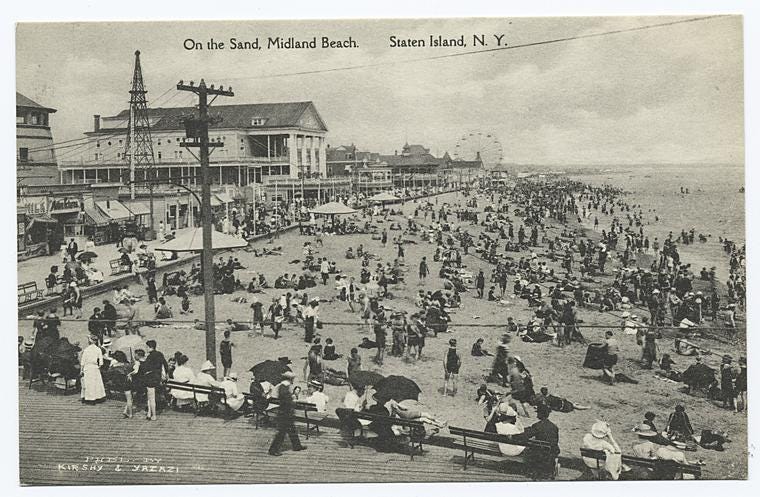
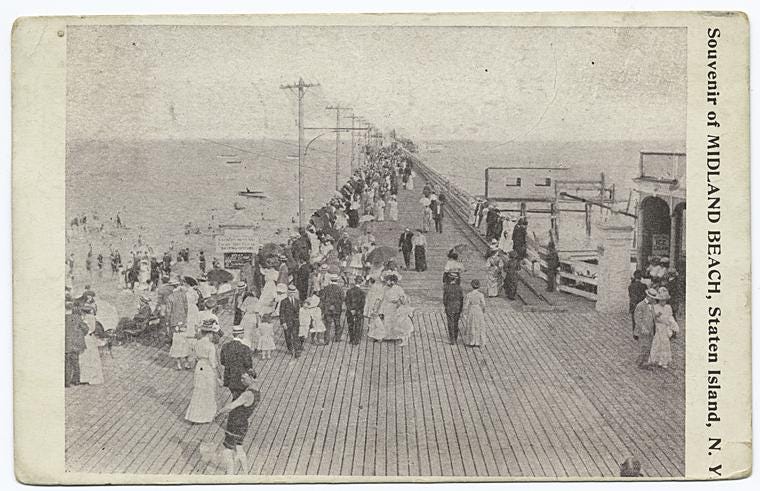


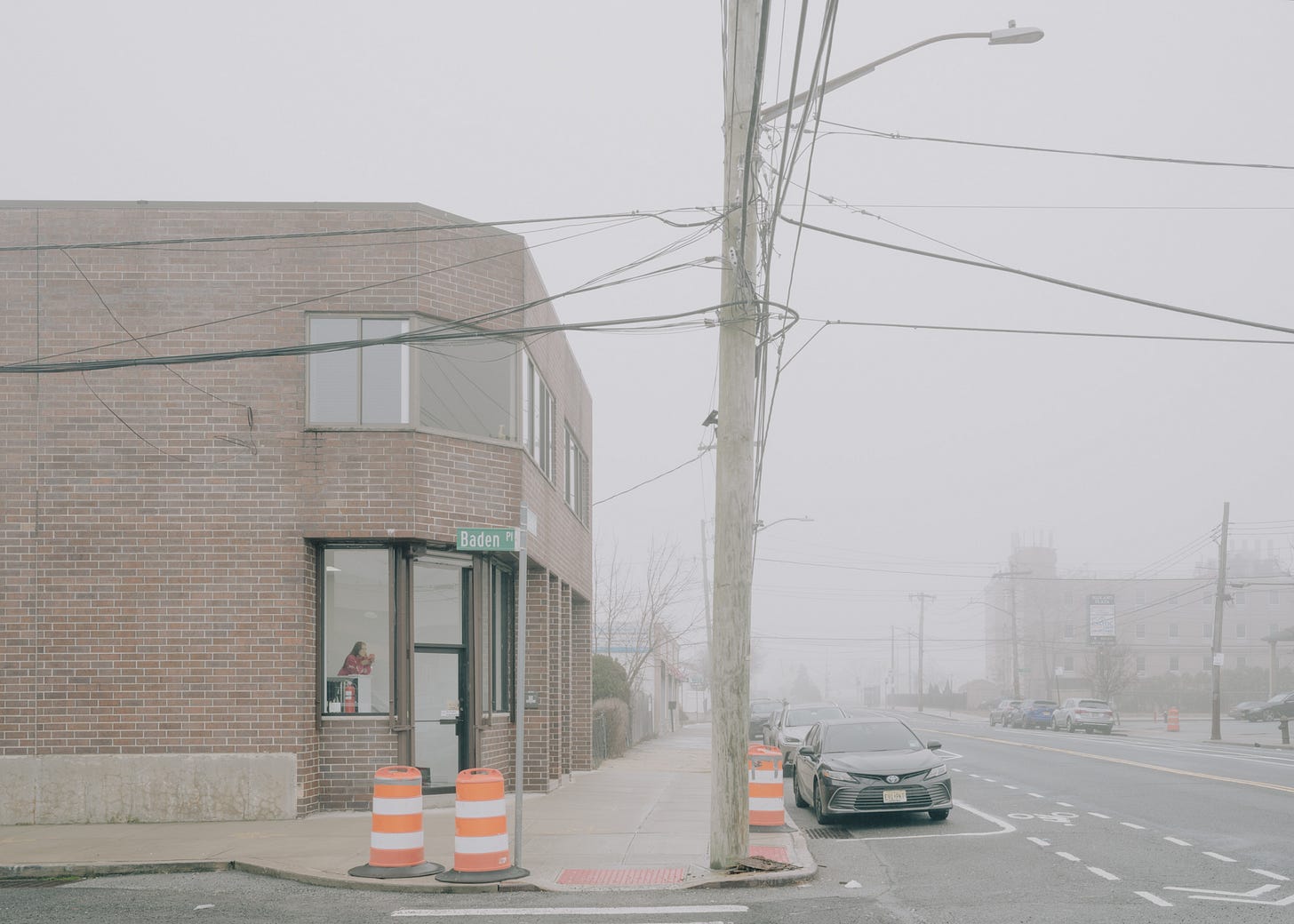


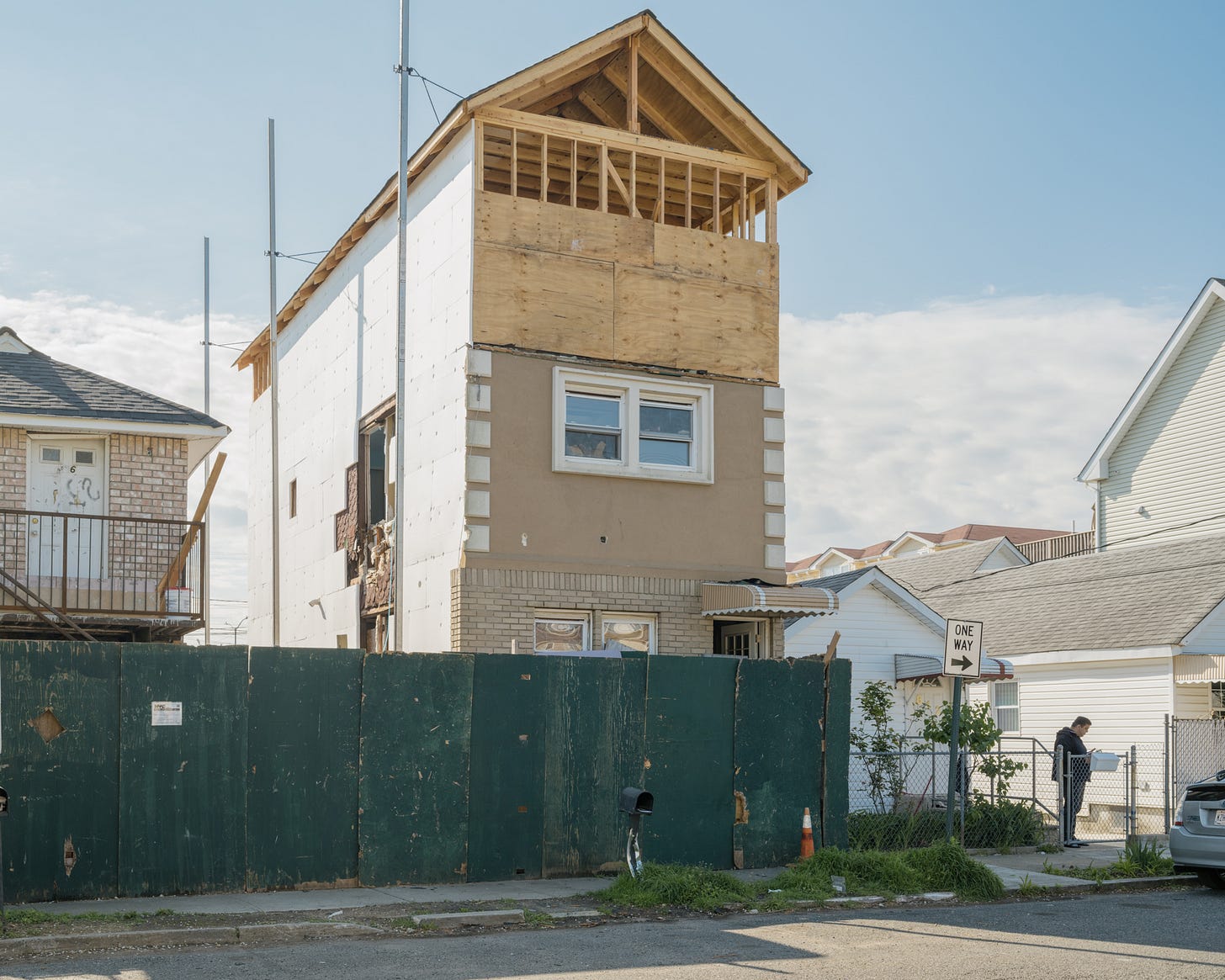

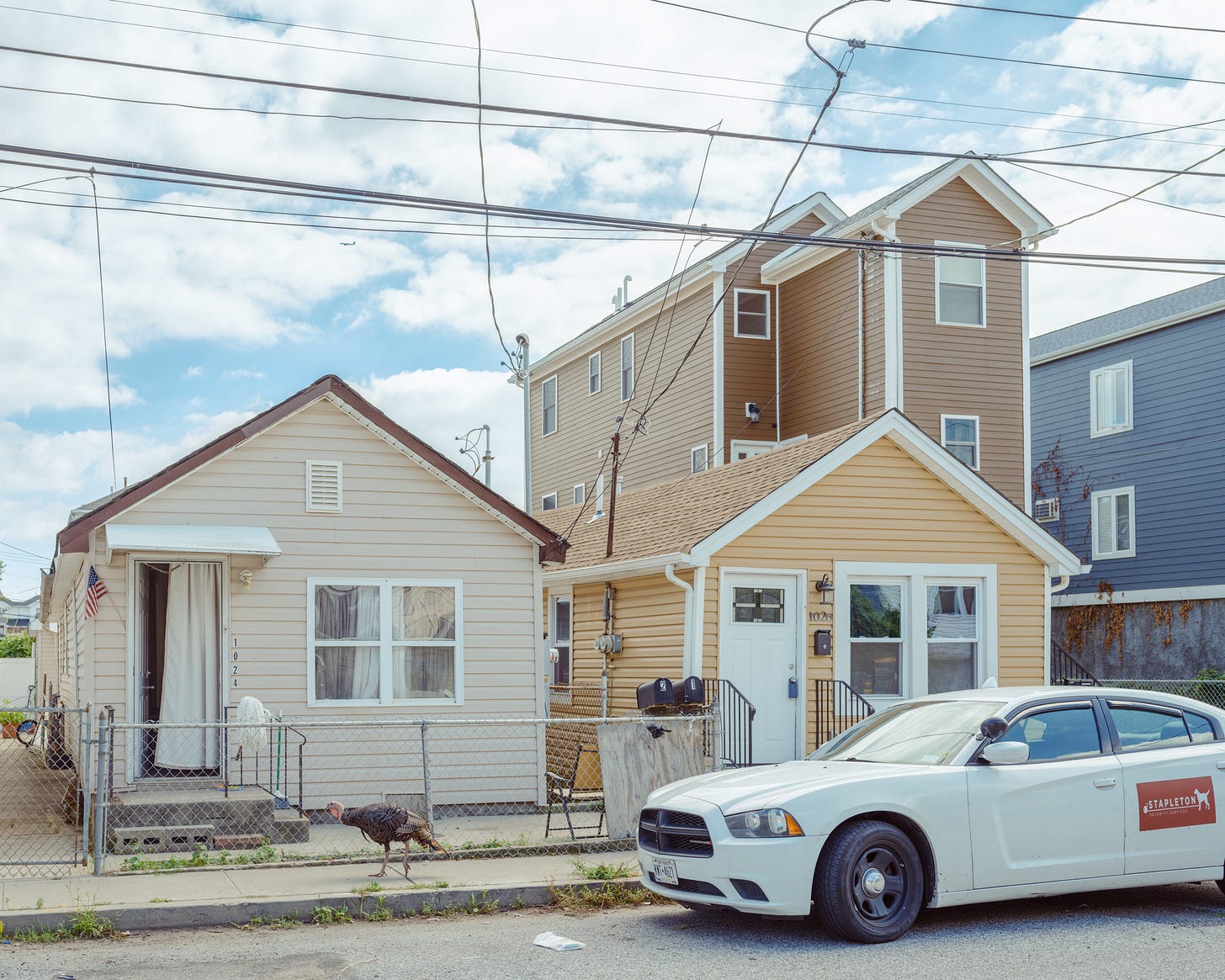
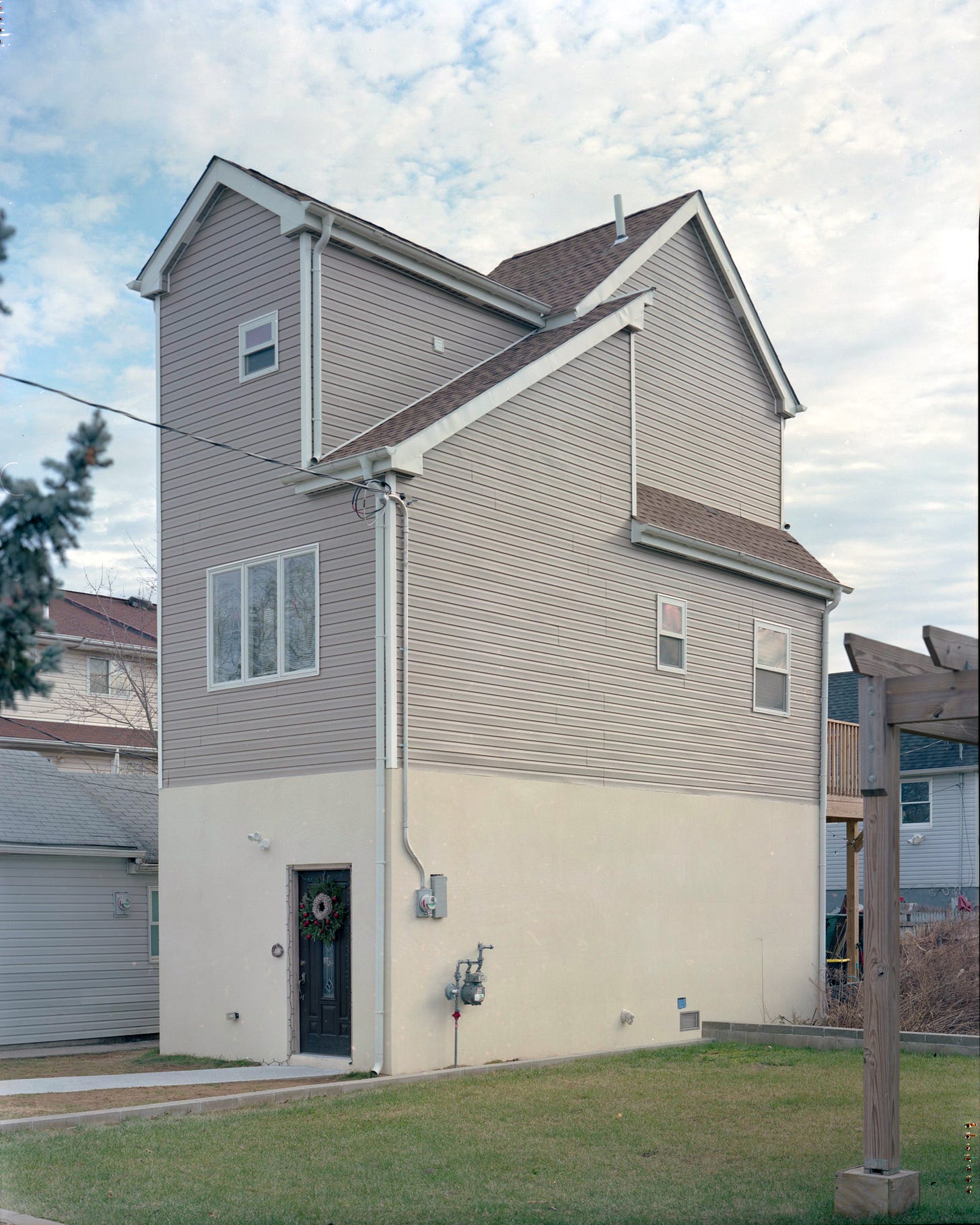
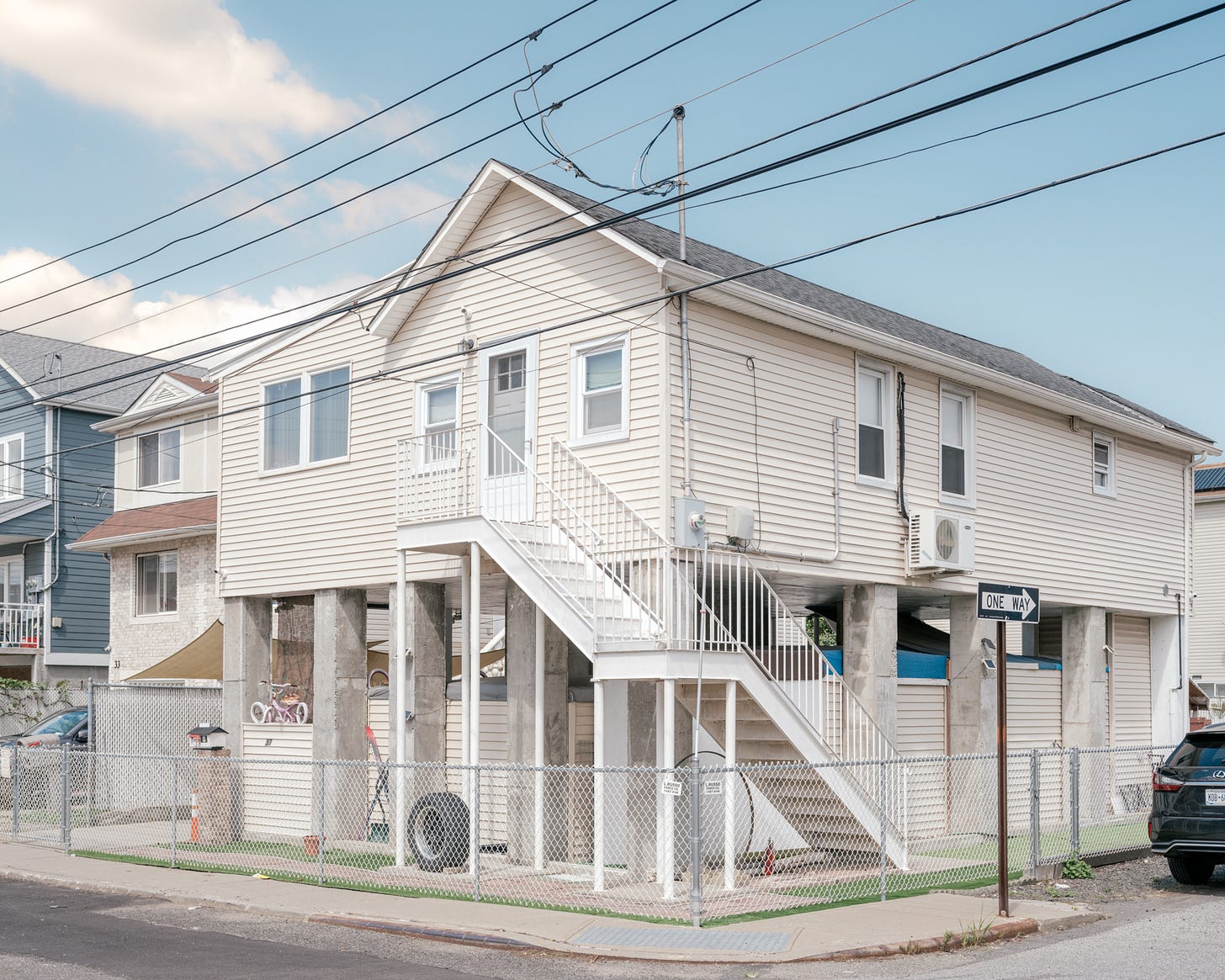
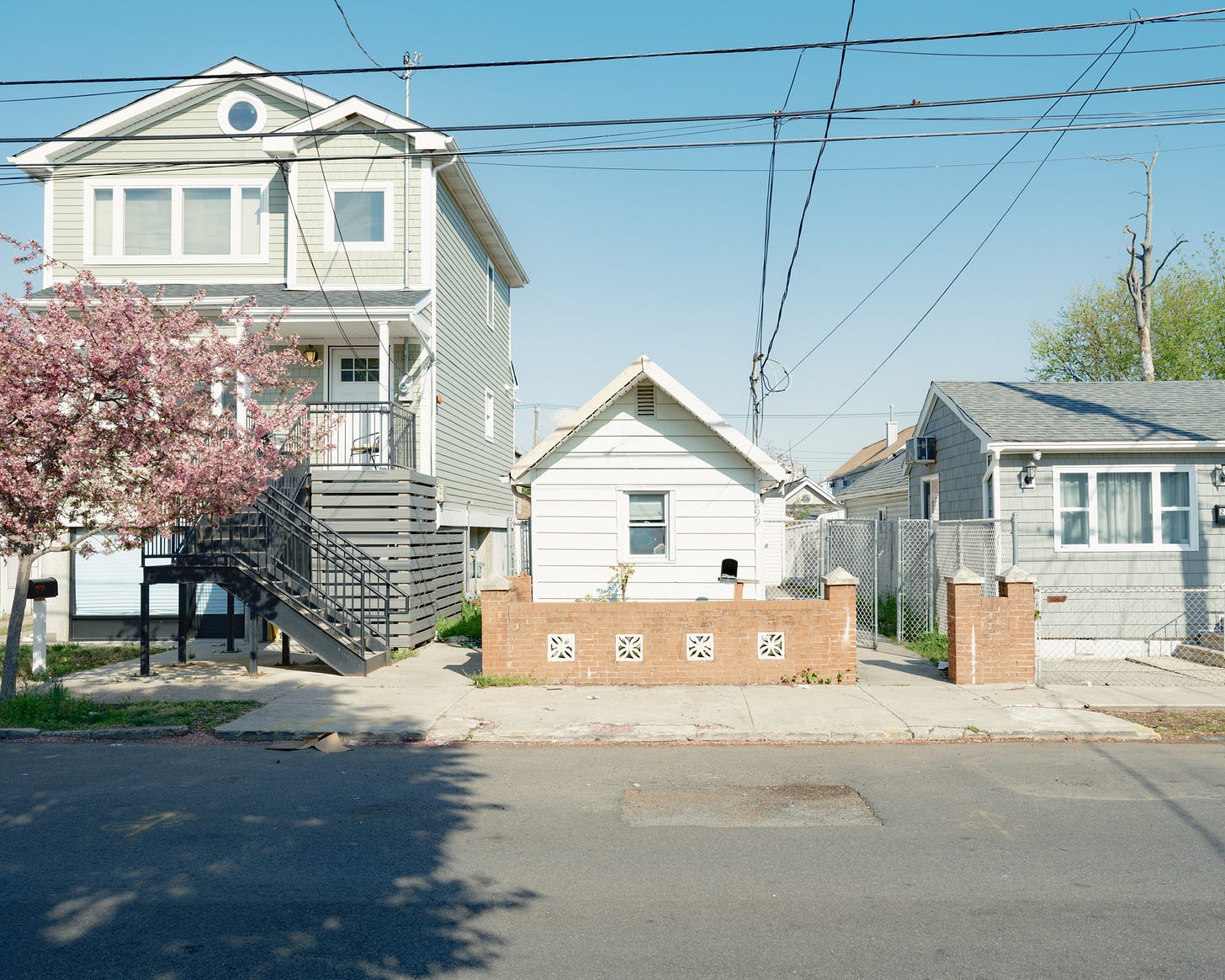
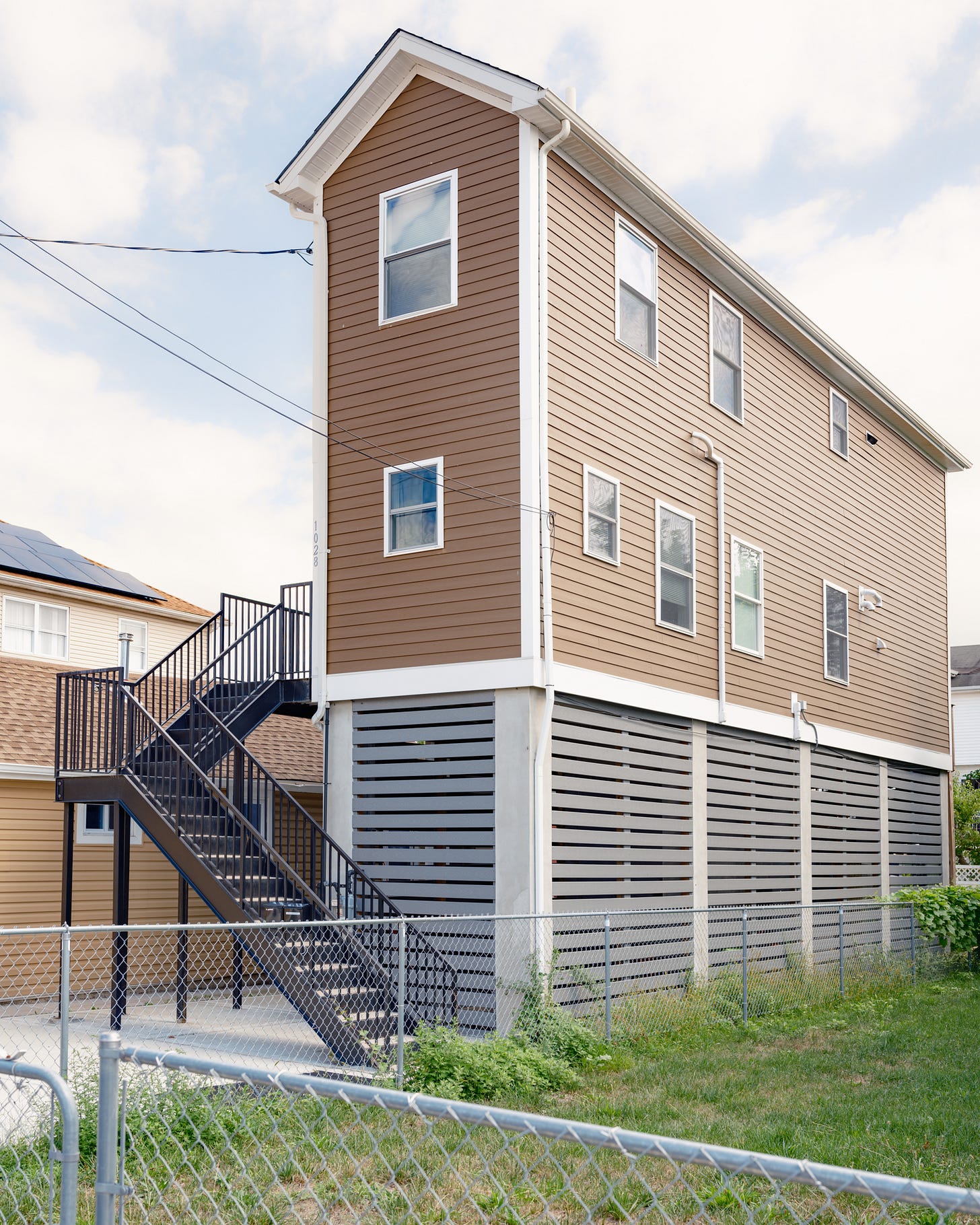
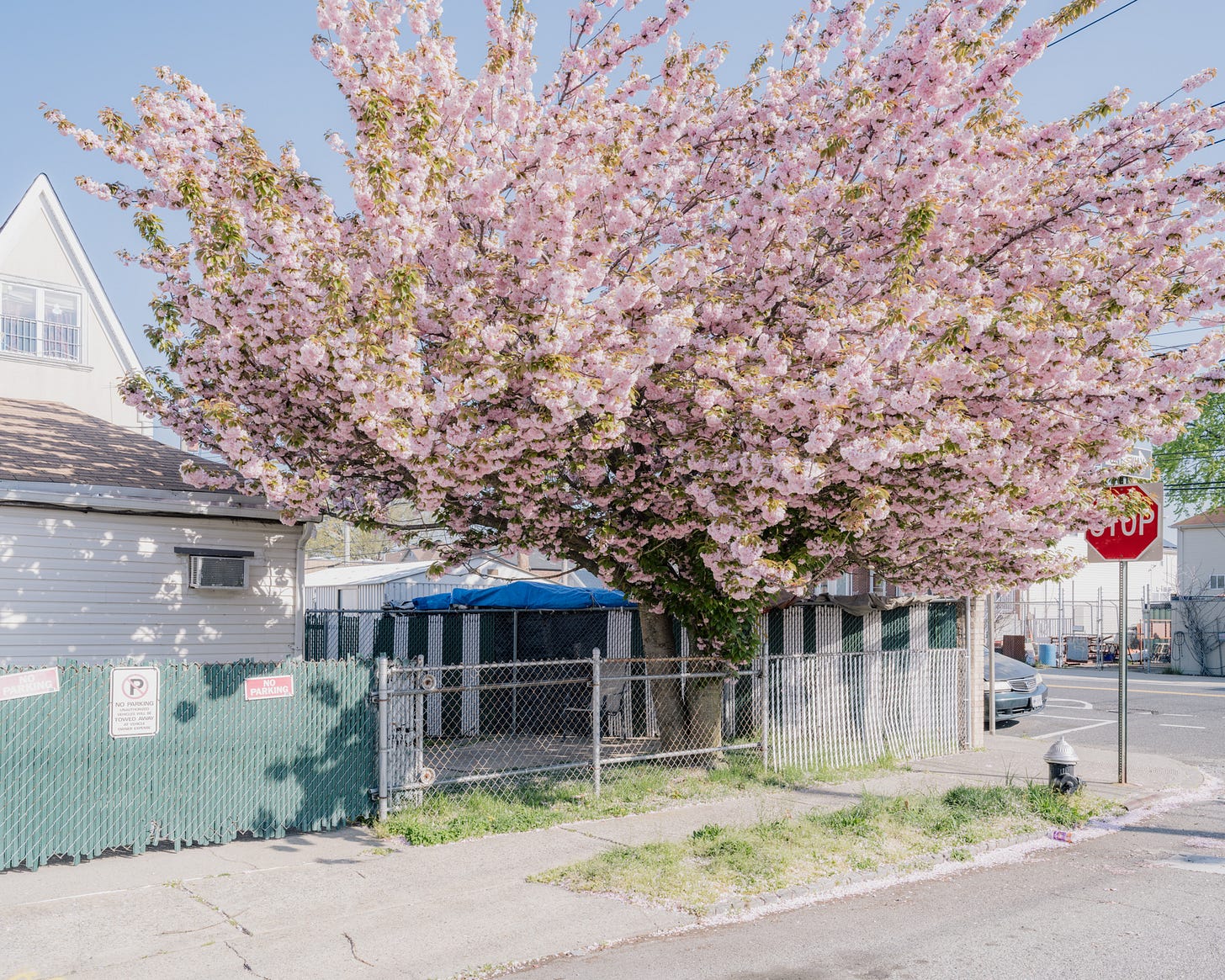
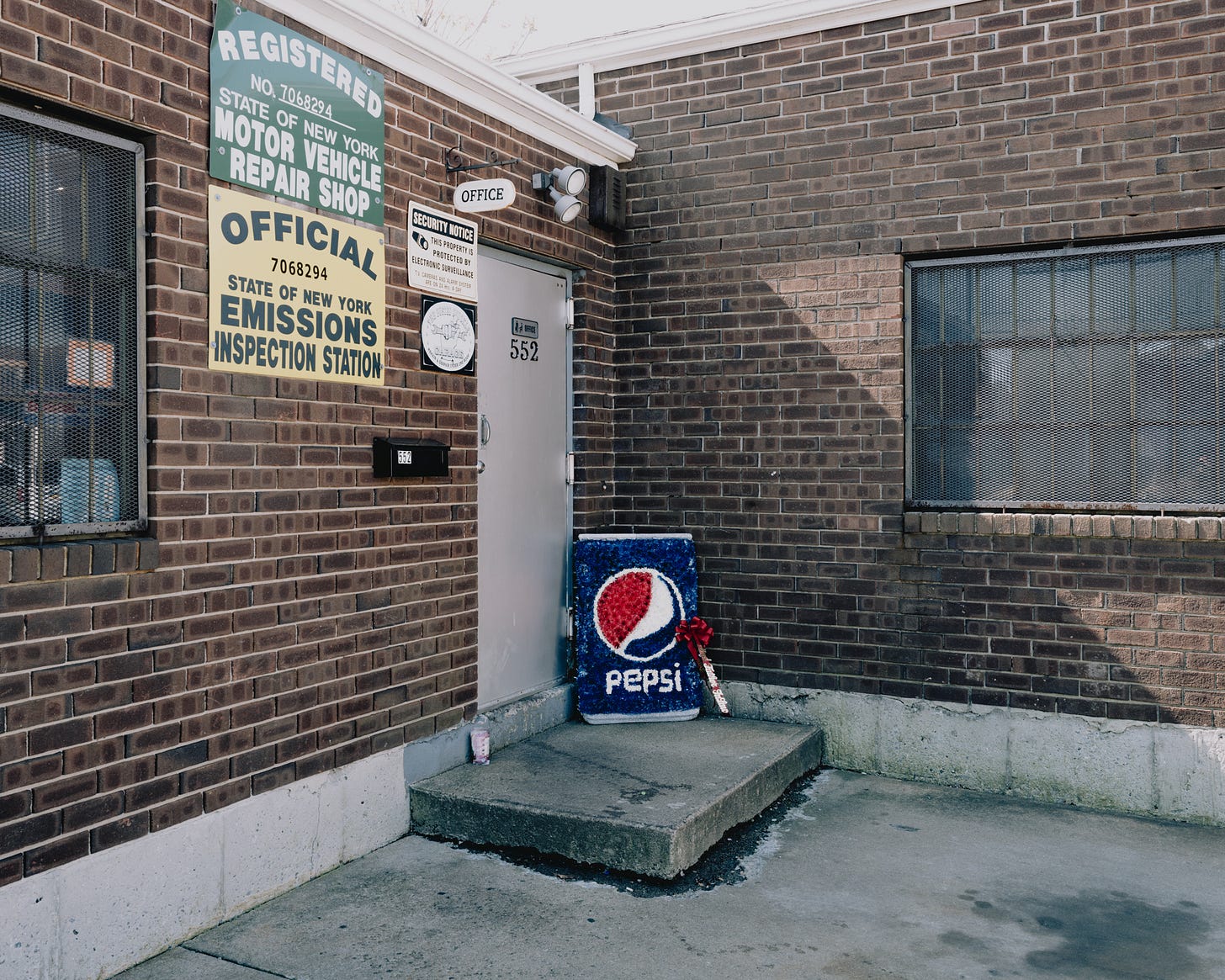
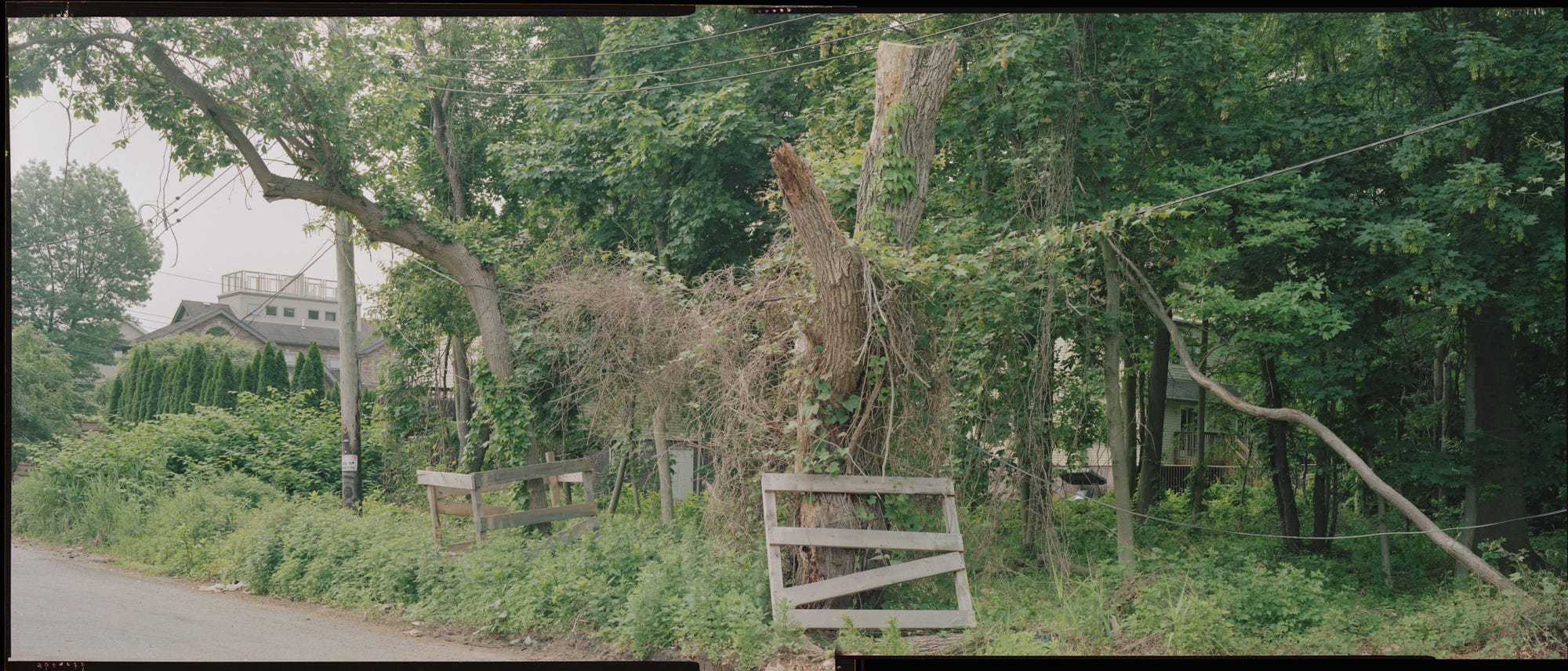
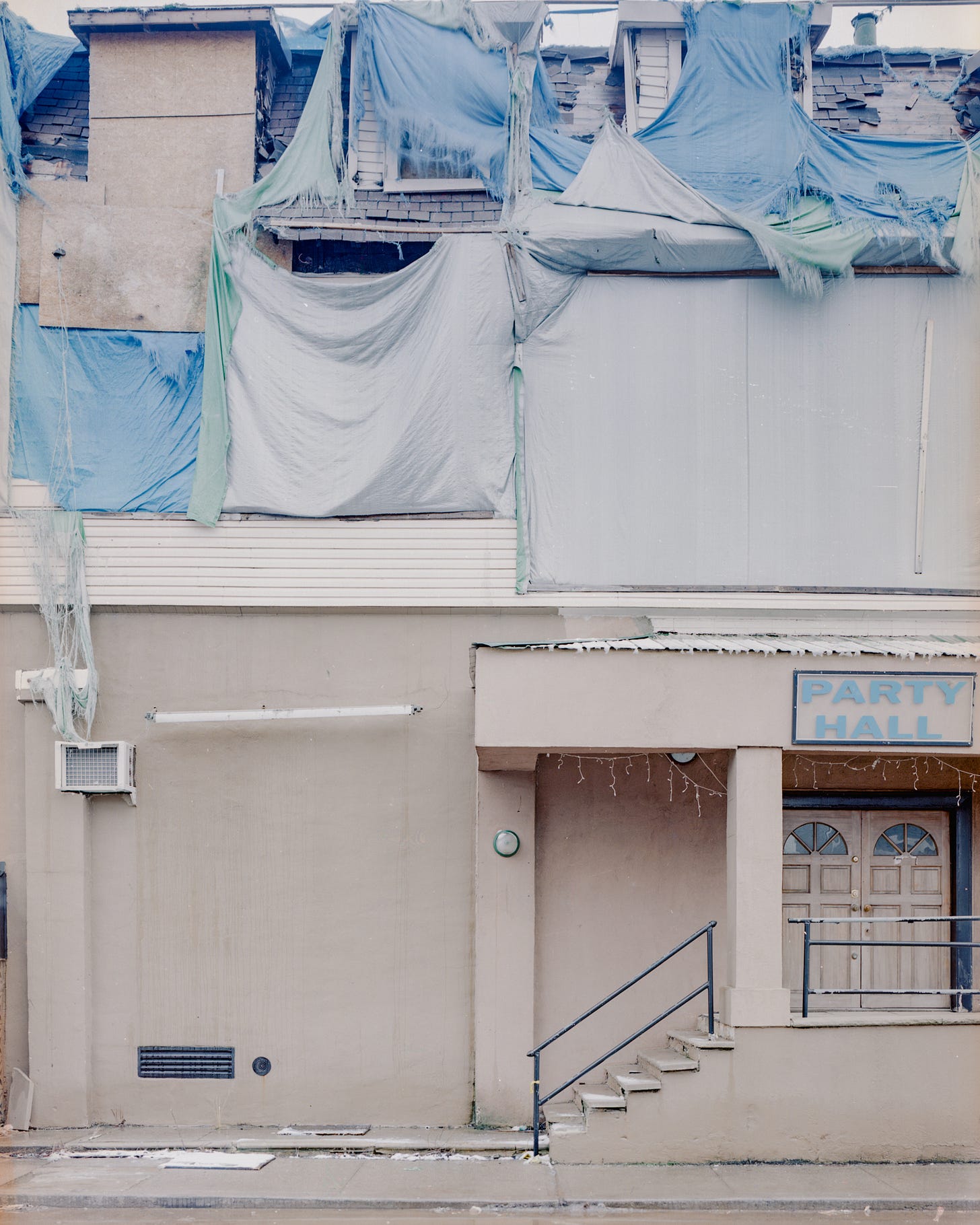
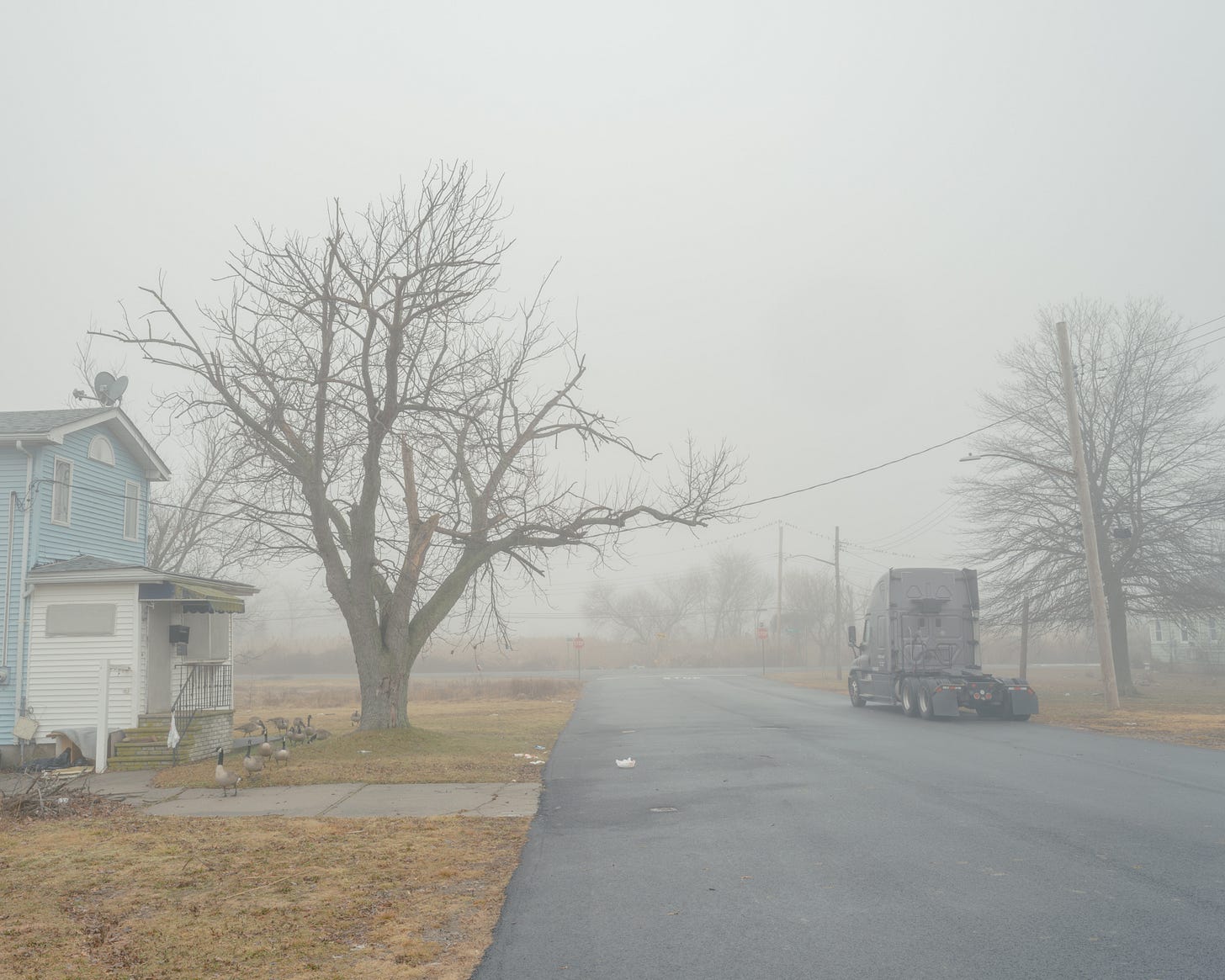

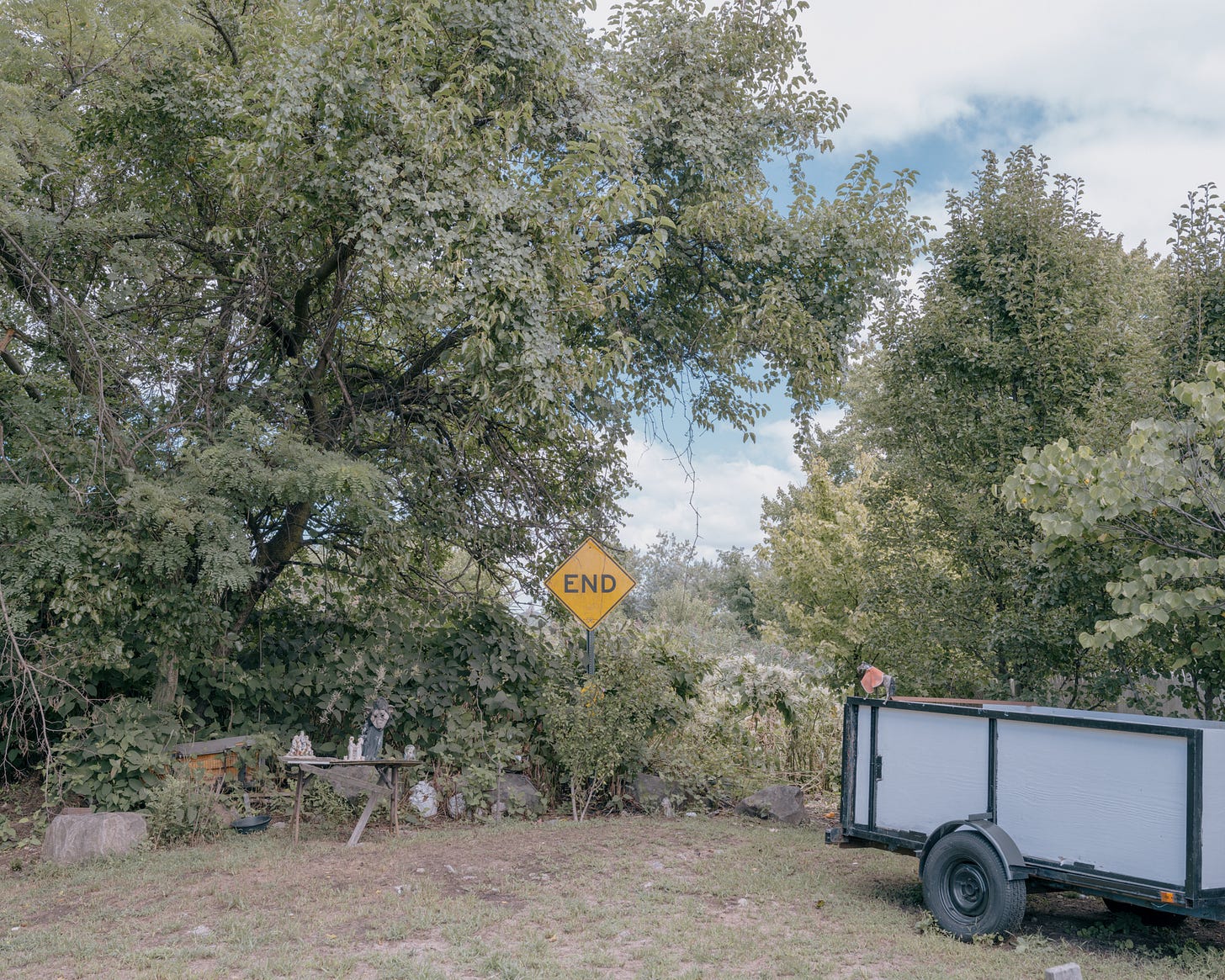

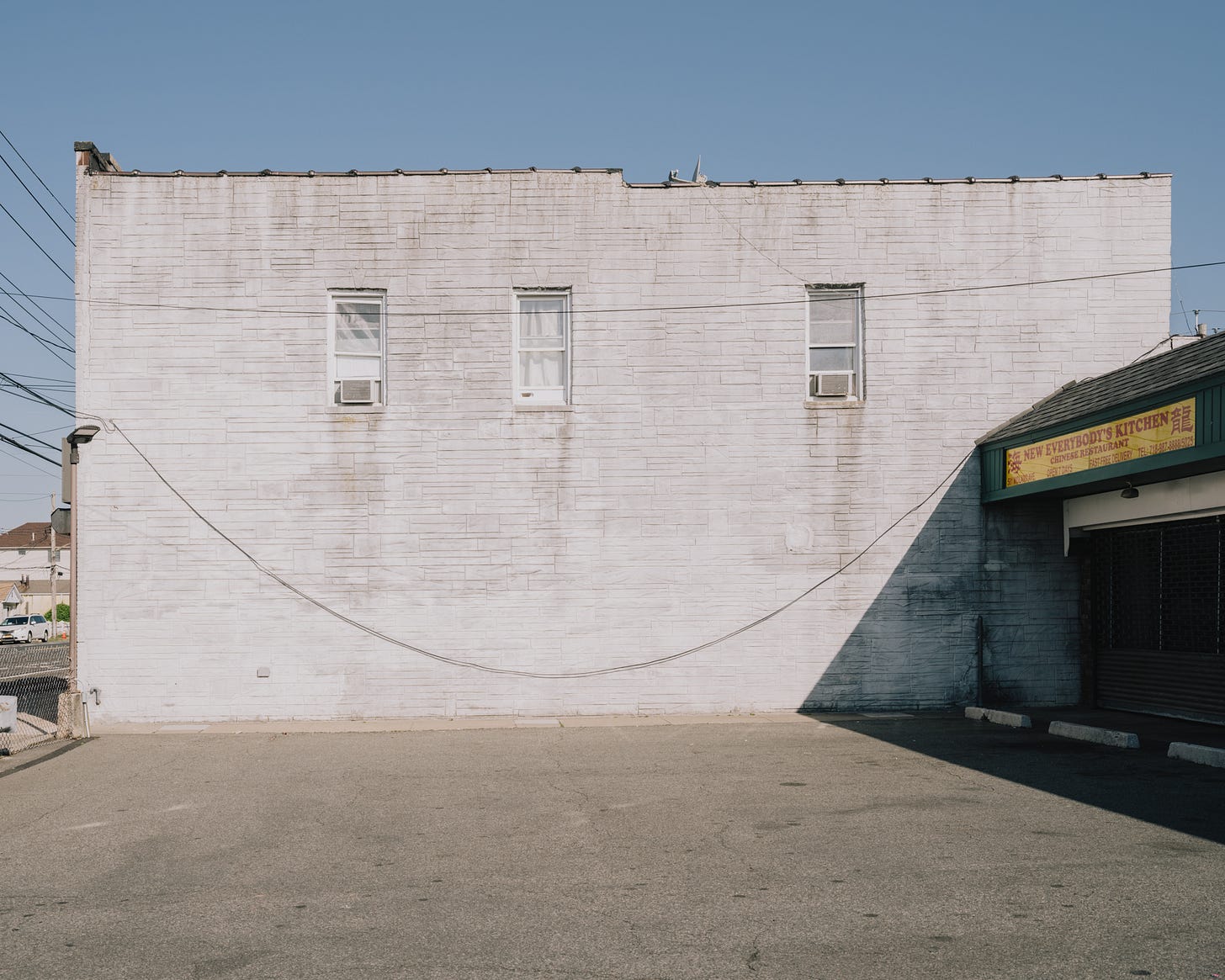
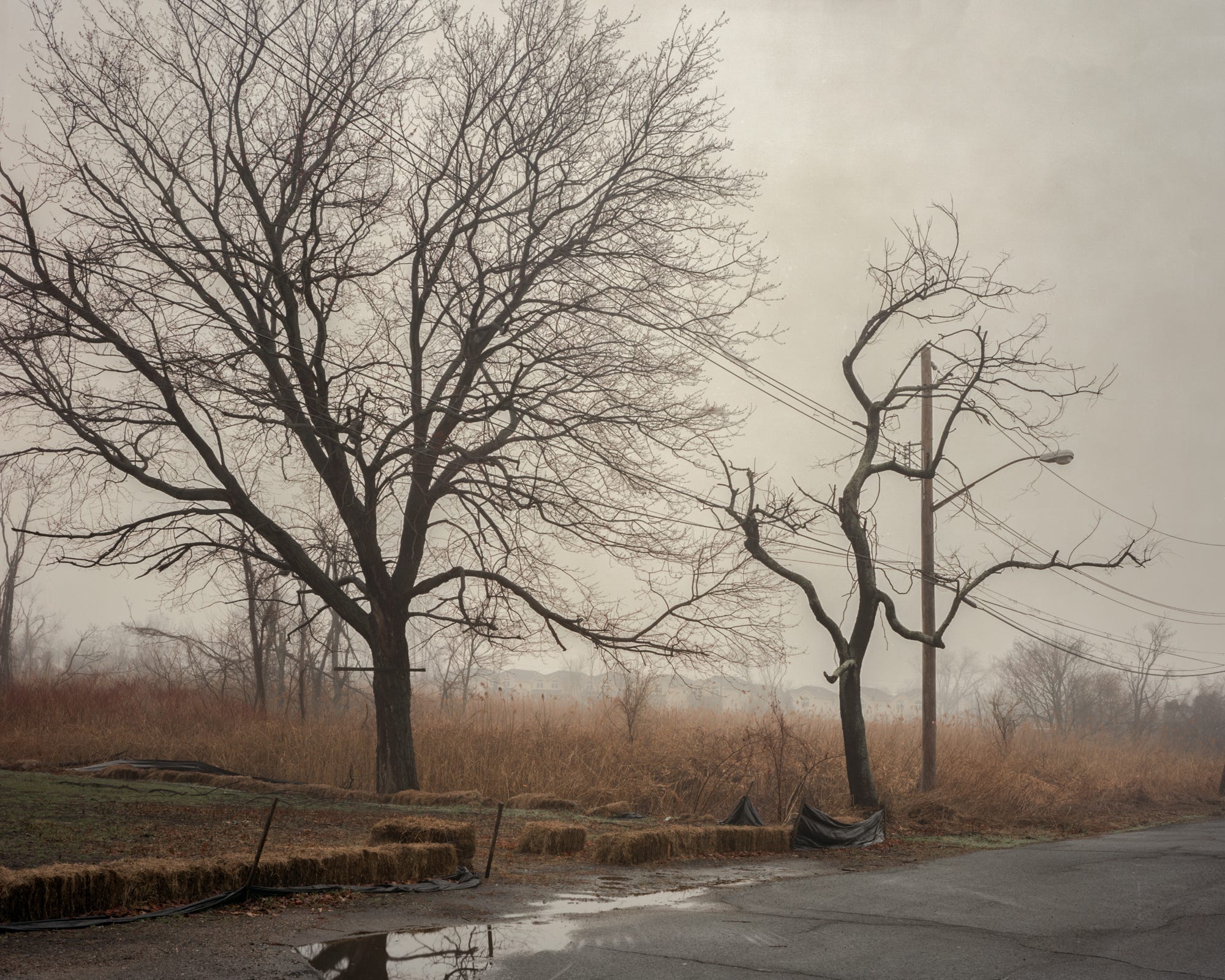

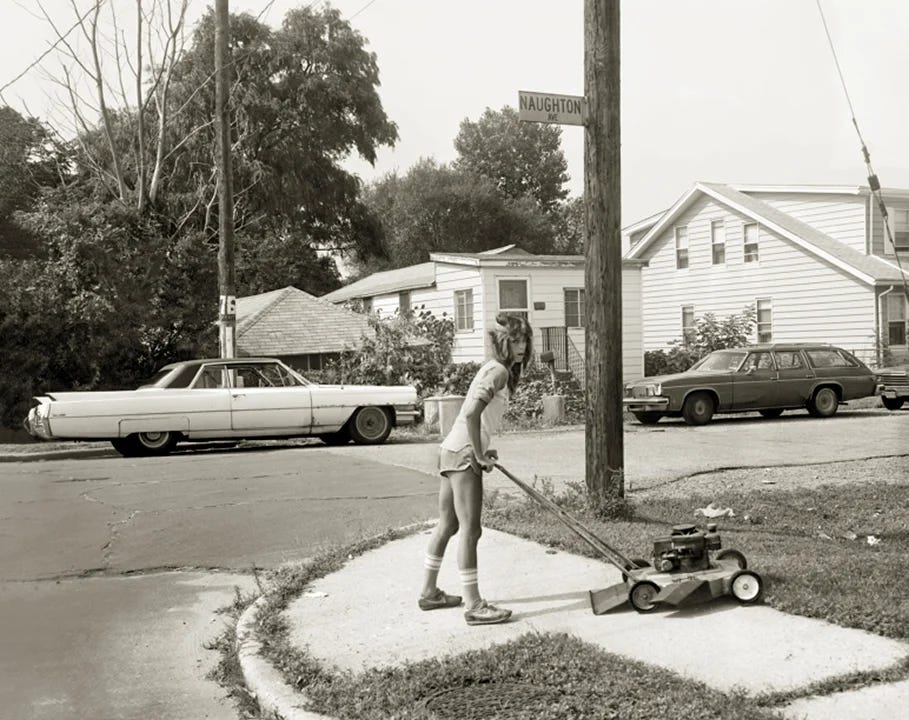
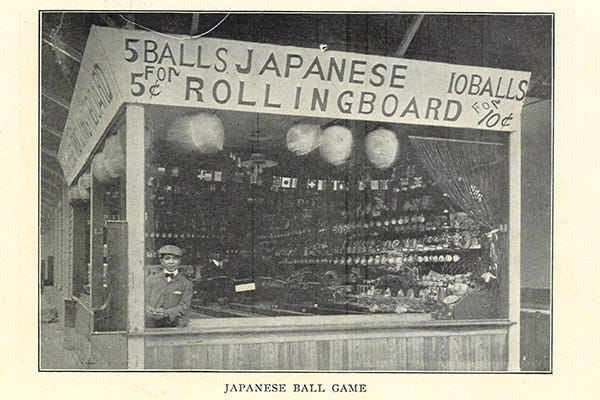
What a fantastically fun project you've got here. Your newsletter was recommended by a reader of my own!